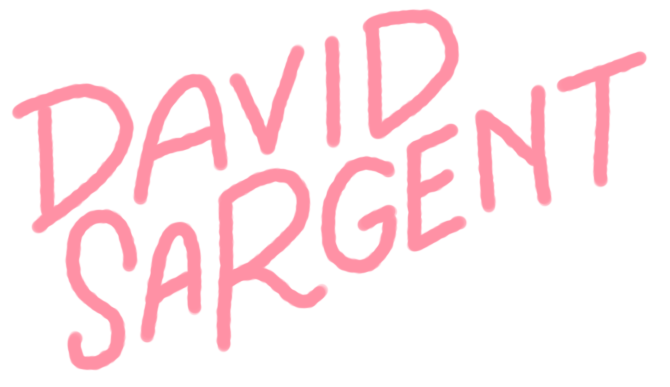Now that the Design In Flux exhibition is all done and dusted, it’s nice to reflect on what worked and what didn’t with my contribution. Overall, I proved to myself that the direction I am heading in is fruitful and worth pursuing (a great relief in many ways as I do from time to time wonder about it). Feedback on the work has been positive, according to someone there it was the most photographed work in the show and it has been shared on social media a few times.
I set out to try an assortment of approaches (throwing shit at a wall to see what sticks) working with manual/analogue tools and also experimenting with repetition. The processes used generated some surprising visual results but will also lead to other interesting and effective methods — especially the idea of embracing mistakes and subverting my own previous practice ideals — to be explored in later projects.
Right off the bat, the ‘Every’ word just didn’t work. Visually, uninteresting, but also far too derivative for what I was aiming to do. It was worth doing, but only because I now know to stick away from trying to replicate / emulate what happens to be ‘trendy’ at the moment.
Out of the three methods I experimented with, the word ‘Body’ proved to be the most ‘successful’ of the three, in that it was visually more interesting and also portrayed the idea of ‘diversity’ due to the nature of the individual forms. Interestingly, out of the three words created, this one used a more studio-led experimental approach, while the others had more thought, planning, sketching and preparation behind them. Elements were drawn in pencil, traced in ink, scanned, then assembled and coloured in Photoshop.
The letter ‘B’ was primarily a mistake! This occurred when I was assembling the carefully drawn pieces together. I accidentally overlaid shards of my working drawings (developed to help proportions and spacings) but decided to keep them there. The ‘o’ experimented with overlapped patterns, which I think worked well. The letter ‘d’ followed on from the work with the ‘B’, but trying to use drawn colour fills rather than computer generated. I remember when I worked on this letter I was trying to achieve the same effect as the ‘B’ but just not getting it. There is something to be considered there — I’m starting to believe it is impossible to force uniqueness! The ‘y’ looked at using photographic elements as fills (the image here is of a starry night) and was probably the most middle-of-the-road and least successful character produced for the word ‘Body’.
On the topic of trying to force uniqueness and diversity, the project reinforced that my embedded unconscious way of working constructs what I perceive to be uniqueness rather than letting it happening organically. I had spent weeks planning, drawing, cutting and assembling pieces of letters together in a certain manner, organising components in an offset manner to ensure the viewer knew it had been manually constructed.
I realised that I had forgotten that I was working without thinking critically. I was unconsciously controlling my actions and the visual outcome, aiming for diversity but actually homogenising the outcome. I was also relying heavily on Photoshop as a tool, however rather than using it on an image of a person, I was digitally manipulating the letters to bend to my will — to be brighter, to look more hand crafted, to be positioned and prodded into perfection. This is an important discovery to consider for future work.
Lessons learnt:
- the approach of using ‘lettering’ can lead to some very diverse and visually interesting outcomes
- big is better — it looked great in it’s scale and detail
- the absence of other design ‘elements’ and photographic forms does not detract from the outcome
- visually, there is something exciting about the overlapping and mixing of forms
- working quickly with a general ‘direction’ rather than a solid, well thought out plan produced the most diverse outcomes
- working on the ‘B’ and the outcome created from a mistake was a poignant moment and has me enthused about future work
- I do really need to catch myself from falling back on years of training and practice in which I unconsciously control the outcome and lean towards it being ‘perfect’ rather than just ‘how it is’

